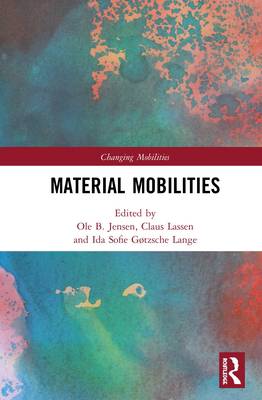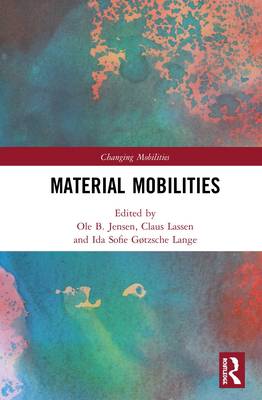
- Retrait gratuit dans votre magasin Club
- 7.000.000 titres dans notre catalogue
- Payer en toute sécurité
- Toujours un magasin près de chez vous
- Retrait gratuit dans votre magasin Club
- 7.000.0000 titres dans notre catalogue
- Payer en toute sécurité
- Toujours un magasin près de chez vous
Description
Material Mobilities explores the material dimension of various forms of mobilities and its implications for society, politics and everyday experiences as well as investigates how materials themselves are on the move. Together the different contributions and perspectives on material mobilities illustrate how materialities are critical components within mobilities but also shape how mobilities are produced and consumed within contemporary mobile societies. This insight may potentially influence the ways disciplines of mobilities understand and approach mobilities in the future.
This book exemplifies how the new Mobilities turn may profit from foregrounding materials, the material, and materiality as a common pivot for social analysis. During the last decade of research affiliated to the 'new mobilities turn' the societal repercussions of intensive mobilities has been in focus. The 'turn' has documented the social, environmental, economic, and cultural effects of the contemporary patterns of movement of people, vehicles, goods, data and information. In parallel with this work new ideas and concepts about the human/non-human and the 'material dimension' of the social world has surfaced within a wide array of fields such as philosophy, anthropology, and cultural studies.
Material Mobilities offers a materially sensitive and focused attention to the new Mobilities turn. The 'turn to the material' opens up a new set of research questions related to how artefacts and technologies facilitating and affording mobilities are being designed, constructed, and instituted. The new material interest furthermore points at new ways of comprehending the political and the power-dimensions of mobilities and infrastructural landscapes. The turn to the material furthermore problematizes the Modern binary distinctions between humans and non-humans, subjects and objects, culture and nature.
Spécifications
Parties prenantes
- Editeur:
Contenu
- Nombre de pages :
- 264
- Langue:
- Anglais
- Collection :
Caractéristiques
- EAN:
- 9780367188214
- Date de parution :
- 18-10-19
- Format:
- Livre relié
- Format numérique:
- Genaaid
- Dimensions :
- 156 mm x 234 mm
- Poids :
- 571 g

Les avis
Nous publions uniquement les avis qui respectent les conditions requises. Consultez nos conditions pour les avis.





